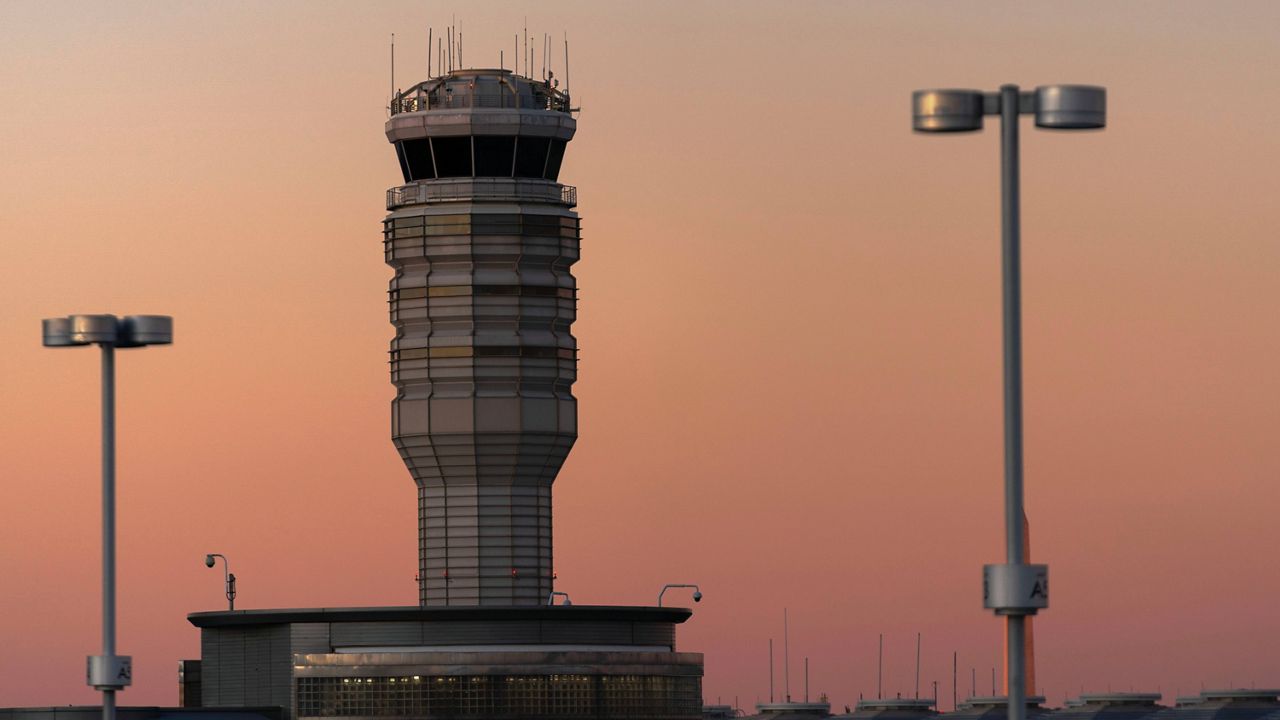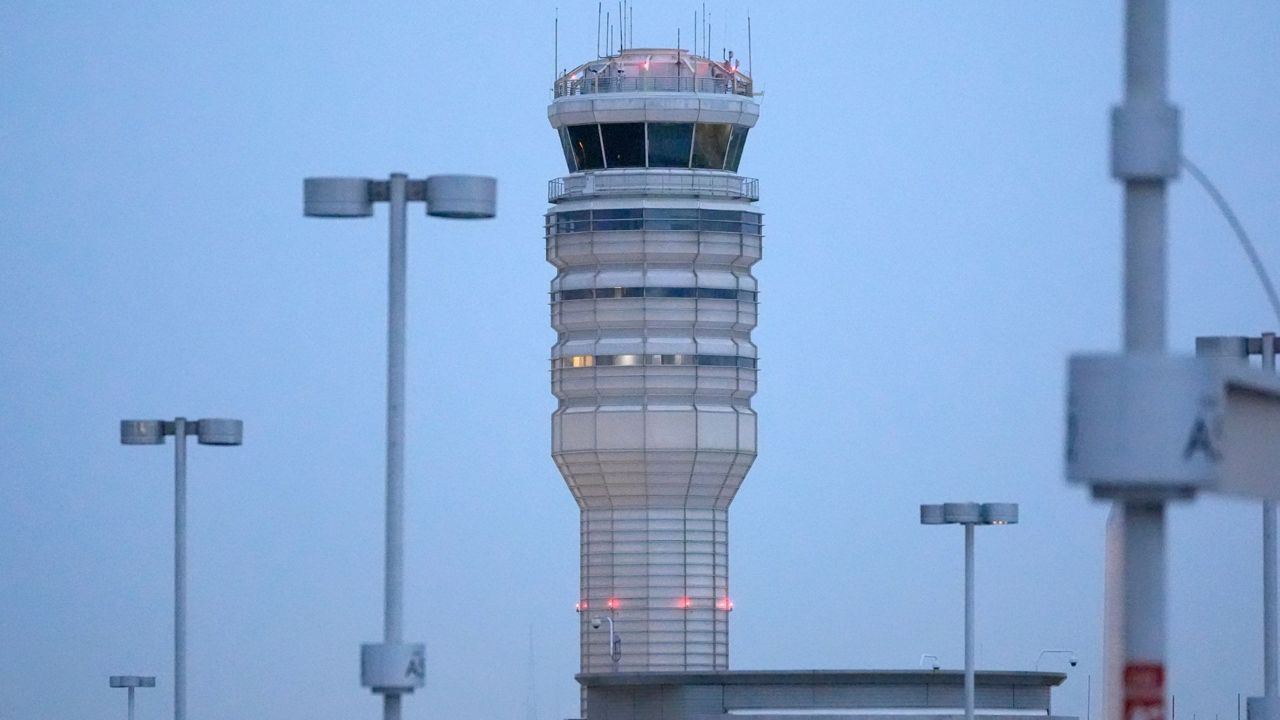EDITOR'S NOTE: Spectrum News took a ride in the VW ID. Buzz at SXSW. Click the arrow above to watch a video preview of the vehicle.
AUSTIN, Texas — Volkswagen’s highly anticipated electric minivan rolled into SXSW this week, giving Americans a first look at the modern, zero-emissions incarnation of the German automaker’s iconic Microbus.
Strategically placed around downtown Austin in so-called Buzz sites, the electric minivans are impossible to miss. Painted eye-catching lime yellow, energetic orange and bay leaf green, they’ve been scooting around town, allowing looky-loos to peek inside and media to hitch a ride. (Insider tip: Look for Lesley Stahl to report on the EV in an upcoming episode of CBS' “60 Minutes.” Yes, she was at SXSW.)
While reporters were not allowed to drive the ID. Buzz because it is preproduction, we were able to experience it as passengers. Spectrum News 1's driver was Volkswagen’s product communications director, Mark Gillies, who was more than happy to demonstrate its instant torque and remarkably stable cornering, thanks to an electric motor driving the rear axle and batteries that are spread at the vehicle’s base.
Like the original T1 Microbus from the 1950s, which was designed to provide the most possible space in the smallest footprint, the ID. Buzz is able to have a snub-nosed front largely because it is electric. Specifically, it’s due to VW’s Modular Electric Drive Kit that the company says is the world’s first scalable large-production-run platform, providing the basis for EVs across VW’s brands, from Volkswagen to Audi to Porsche.
“We’ve been trying to do all manner of buses based off internal combustion and it didn’t work,” Gillies said.
Like so many other EVs, the interior is high tech and minimalist. A 10-inch digital cockpit display sits in front of the driver while a second 10-inch infotainment system sits in the dashboard’s center with touch controls for the temperature, HVAC, driver assistance systems and other features.
Adding to its high-tech vibe are eight USB ports placed throughout the interior — in the dash area, the front doors and further back in the vehicle — as well as a wireless phone charging tray for the driver. Ambient lighting also comes standard with 10 color choices to light up the instrument panel, doors and storage bins.
Besides being zero emissions, the ID. Buzz is bringing sustainability to many of its components. Seats are made from a “non-animal material,” and the steering wheel cover is polyurethane. The seat and floor covers and roof liner are made with a type of yarn that’s constructed from 10% ocean plastic and 90% recycled PET bottles, the company said. The paint is organically based.
Volkswagen first unveiled its electric microbus in 2017 but only revealed its production version in Hannover, Germany, last week. The version roaming the streets of Austin is the European model with two rows of seats that accommodate five. The U.S. market will get a long wheelbase version with three rows that seat seven.
Volkswagen hasn’t yet announced many of the key specs for the U.S. version of the ID. Buzz. The range and price are still to be determined, Gillies said. The European version will come with an 82-kilowatt-hour battery and 201-horsepower electric motor that generates 229 pound-feet of torque. While Europe will get to buy in later this year, Americans will have to wait until 2023 to see the U.S. version and hold tight until 2024 to own one.










